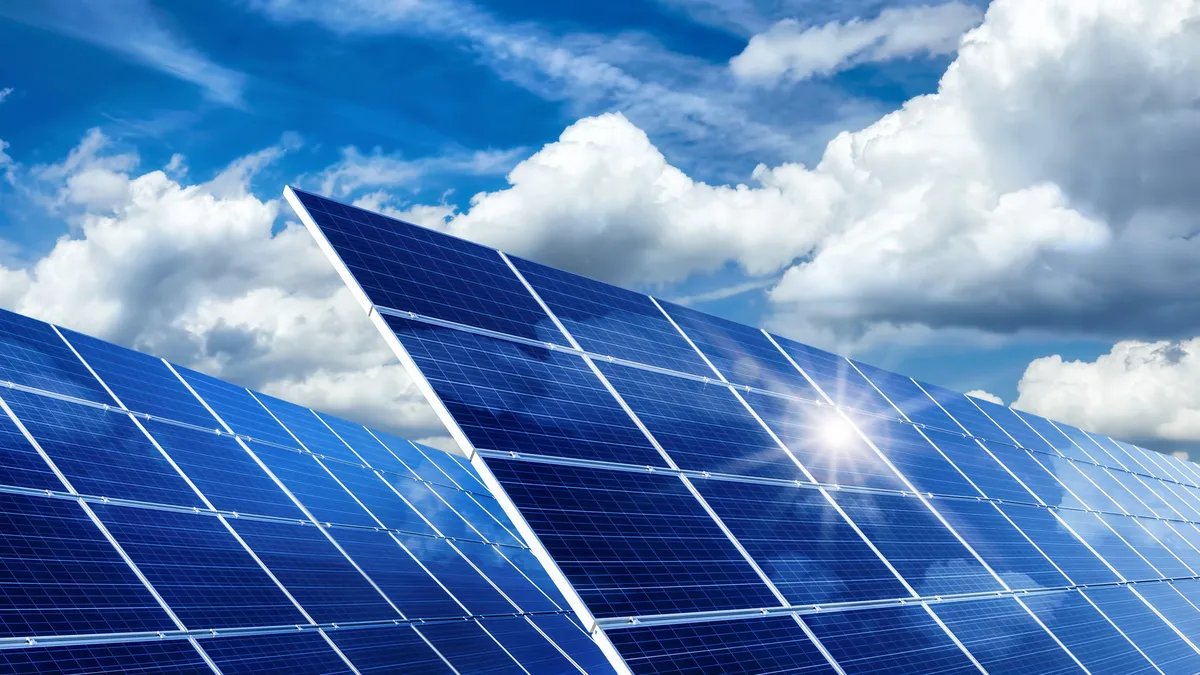Dive Brief:
- Dominion Virginia Power's most recent Integrated Resource Plan calls for adding 5,200 MW of new solar generation to its grid over the next 25 years.
- According to the plan, more than a third of power demand in Dominion's Virginia service territory would be met with carbon-free electricity by 2032 with help from the utility's nuclear plants, the North Anna and Surry facilities.
- A statement from the company said its commitment to renewable resources and lower carbon emissions would not be swayed by any federal policy changes coming from President Trump. The new administration is considering withdrawing the Clean Power Plan.
Dive Insight:
For a utility that has struggled to add renewables, Dominion's announcement was surprisingly charged and political.
Paul Koonce, CEO of Dominion Generation Group, said the utility "will continue moving toward cleaner power sources with lower emissions, whether the Clean Power Plan lives or dies. ... Our customers want more renewable energy, and changing economics make the transition to renewable resources easier."
Koonce said the installed cost of solar has been cut in half over the last four years, making the resource an "economically viable source of power when complemented by cleaner-burning natural gas and nuclear power." And he added a plug for the Atlantic Coast Pipeline, noting the infrastructure is a part of a comprehensive energy supply plan.
Dominion's proposed Atlantic Coast Pipeline is planned to run roughly 600 miles, moving gas supplies from West Virginia to North Carolina through a $5.1 billion system with a capacity of 1.5 million dekatherms/day.
By 2022, the utility will add almost 1 GW of solar capacity owned by third-party generators in northeastern North Carolina and Virginia under long-term contracts. Following that, at least 3.2 GW of new solar capacity will be added by 2032, and at least 5.2 GW by 2042.
At maximum output, Dominion said that would be enough solar energy to power 1.3 million homes. The proposal also calls for adding almost 1,400 MW of new gas-fired capacity by 2032; re-licensing four nuclear units and development the 12 MW Virginia Offshore Wind Technology Advancement Project.














